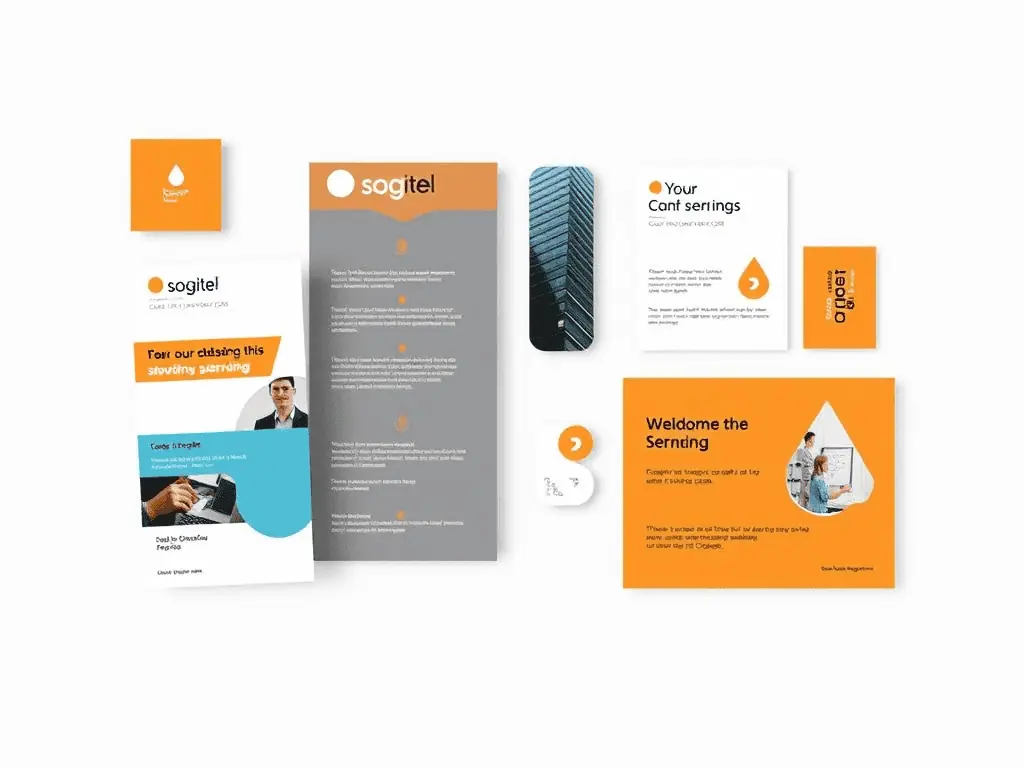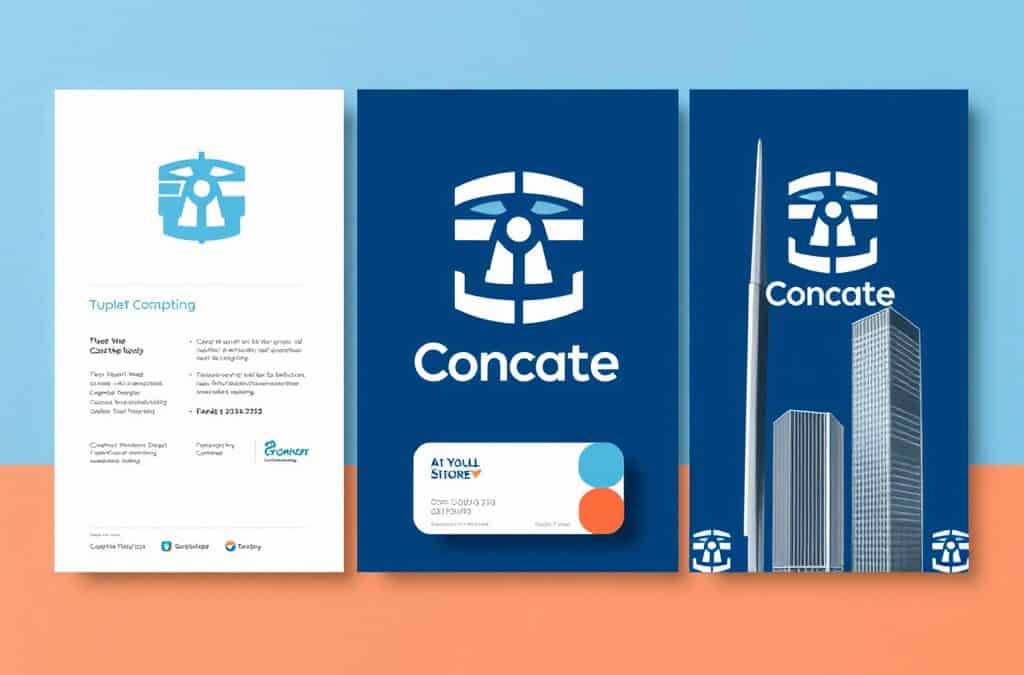Rebranding goes beyond just updating your logo or website. It requires a comprehensive overhaul of all marketing assets, including often-overlooked print materials. A successful rebrand aligns every touchpoint with your new brand identity, ensuring consistency across digital and physical channels for maximum impact.
Key Takeaways:
- Brand consistency can increase revenue by 10-20%
- A typical rebrand involves updating 215 assets over seven months
- Print materials remain highly effective in marketing campaigns
- Updating marketing assets is the most challenging aspect of rebranding
- Digital Asset Management platforms streamline the rebranding process
The Power of Rebranding for Business Growth
Rebranding is a potent strategy for driving business growth. According to a Millward Brown study, strong brands generate three times the sales volume of weak brands. This highlights the significant impact that effective branding can have on a company’s bottom line.
A well-executed rebrand reflects changes in society, culture, competition, and geopolitics. It ensures that your brand remains relevant and resonant with your target audience. By aligning your brand with current market trends and consumer expectations, you can enhance your brand image and drive growth.

The Extensive Scope of a Rebrand
A comprehensive rebrand is a substantial undertaking. On average, it involves updating 215 assets and spans seven months from initial discussions to final rollout. For some companies, the process can be even more prolonged, with 8% of marketers reporting rebrands lasting between one and two years.
This extensive timeline underscores the importance of meticulous planning and execution. Every aspect of your brand’s visual and verbal identity needs to be carefully considered and updated to ensure consistency across all touchpoints.
Overcoming Rebranding Challenges
Rebranding comes with its share of challenges. The most significant hurdles include:
- Updating marketing assets (47%)
- Communicating the rebrand (42%)
- Achieving creative alignment (36%)
- Managing the budget (36%)
- Gaining internal buy-in (26%)
Interestingly, while online materials are often seen as the most difficult to update, printed materials follow closely behind. This emphasises the need to give equal attention to both digital and physical brand assets during a rebrand.
Motivations Behind Rebranding
Companies embark on rebranding journeys for various reasons. The most common motivations include:
- Updating brand identity (57%)
- Repositioning in the market (45%)
- Reflecting changes in target audience (41%)
- Addressing negative perceptions (26%)
Each of these reasons requires a unique approach to rebranding, tailored to the specific goals and challenges of the company.
The Crucial Role of Print in Rebranding
In the rush to update digital assets, the power of print in rebranding is often underestimated. However, print materials continue to play a crucial role in marketing campaigns. Consider these statistics:
- 80% of consumers act on direct printed mail ads compared to 45% for electronic ads
- Print ads generate 20% higher motivation response and 77% brand recall versus 46% for digital ads
- Combining print and digital ads can make online campaigns nearly 400% more effective
These figures highlight the enduring effectiveness of print materials in driving results. When rebranding, it’s crucial to give equal attention to updating your print collateral, ensuring it aligns perfectly with your new brand identity.
Streamlining Your Rebrand with Digital Asset Management
To manage the complexity of updating numerous assets across various channels, consider centralising your marketing assets in a Digital Asset Management (DAM) platform. This approach can significantly enhance efficiency and ensure consistency across all brand touchpoints.
By integrating your DAM with content management systems, web platforms, and e-commerce sites, you can automate asset updates across channels. This not only saves time but also reduces the risk of inconsistencies in your brand presentation.
A successful rebrand requires a holistic approach that encompasses both digital and print materials. By giving due attention to your print collateral and leveraging tools like DAM platforms, you can ensure a smooth and effective rebranding process. This comprehensive strategy will help you compete effectively with bigger brands, regardless of your company’s size.

